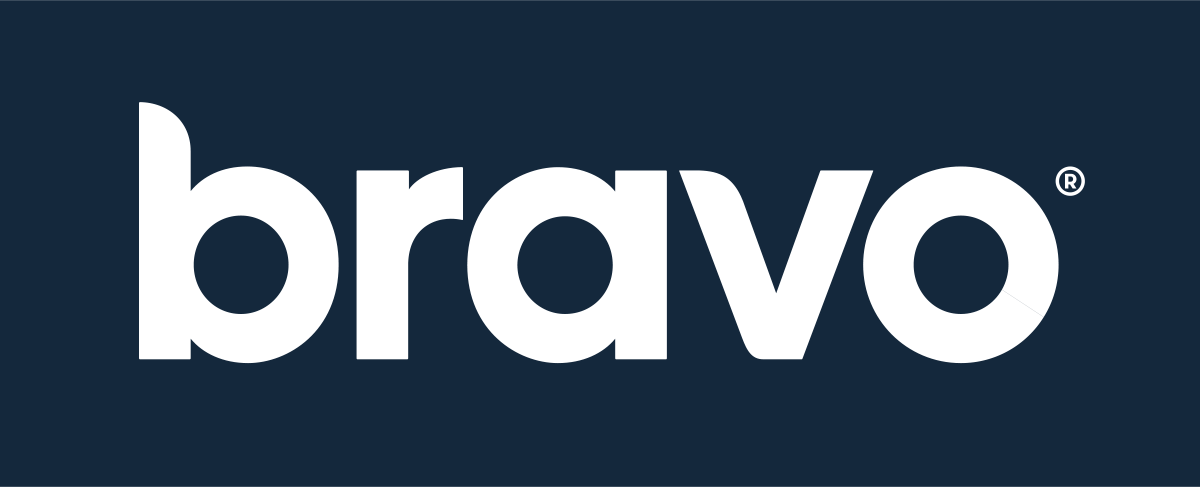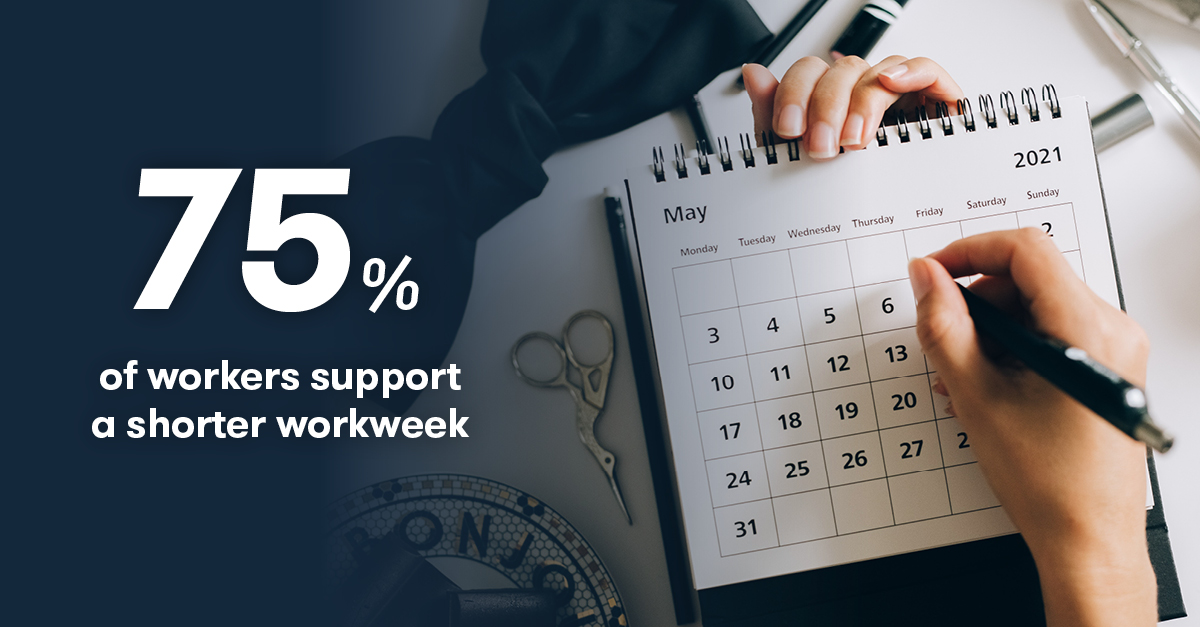While the world of work is changing due to the pandemic, employers are working hard to keep employees engaged, reduce burnout and improve retention. But engaging employees and company culture look different at every business. Meet the policy favored by young CEOS and employees changing the way we think about work: the four-day workweek.
The Benefits of a Four-Day Workweek
There are plenty of reasons why some companies might decide to switch to a four-day workweek. One less day on the clock gives employees the ability to maintain a healthy work-life balance, the option to complete other tasks that could be inhibiting their work and an increase in productivity at the office.
The arguments for a four-day workweek offer valuable insight into exactly what employees are running into at their desk jobs. Over 75 percent of workers said they would get behind working four days a week. In trials of the shortened week around the world, companies report that this method boosted productivity.
In one specific trial at Auckland University of Technology, participants found a reduction in work-related stress and burnout by the end of the eight-week trial. Some even suggested that the extra day off led to stronger department connections where employees felt happier about their jobs and that their roles and work were significant.
Employees and their leaders need to be on the same page to produce the best possible outcome for the shorter week. A seasoned team who knows their responsibilities and how to work effectively together may succeed in executing the four-day week.
Why don’t more companies embrace a shortened workweek?
It typically boils down to one dilemma: “Will employees be able to get the same amount of work done in a shortened amount of time?” The answer comes with some discrepancies. Some companies who have adopted a shorter week model introduce longer days to ensure employees do the same 40 hours of work. However, these long hours do no favors for desk-job employees as they may not take breaks if their workload requires racing against the clock.
Companies are also hesitant to adopt the trendy model because it may only work in a specific type of organization. For example, the companies that thrive on a shortened week are the ones that are outliers in terms of culture. These success stories stem from organizations where employees have time and flexibility to do their work and few packed schedules – such as desk job workers or remote employees.
It’s easy to get caught up in the fairy-tale of a four-day week, but it’s just as crucial for companies also to consider the downfalls of a reduced schedule. Since it requires a significant change in how a company functions, it’s essential to be aware of the impacts a shortened week can have on employees and the company. For example, four-day weeks can
- Pressure teams to complete projects and even turn some employees away from using their paid time off out of guilt for shortening an already short week.
- Disadvantage external-facing roles and departments that have to increase staff to honor a four-day week to support customers.
Why should employers consider a shorter workweek now?
We are no strangers to the 40-hour workweek, as it has been the norm since Roosevelt enacted the Fair Labor Standards Act over 80 years ago. Why is it now that there is a desire to adjust what has existed for decades?
Most notably, the COVID-19 crisis has shown that employees’ needs have changed in their personal and professional lives. Whether that’s dedicating more time to pursuing passion projects, caring for children or parents or taking a more critical look at their work-life balance, the pandemic has dramatically altered how employees engage with their work and time outside of the office.
Responding to a changing workforce’s needs and wants, Tyson Foods will shift a branch to a three-day workweek, giving employees the option to work Monday-Wednesday or Thursday-Saturday. While employees will be working 27 hours, Tyson will pay staff as if they were working 36 and allow employees to be eligible for benefits. The shift comes as employees across the country call for more flexible work and a more realistic work-life balance.
The awareness of what employees need right now is also gaining traction in U.S. politics. Followed by a string of countries successfully testing out the four-day workweek, the December Congressional Progressive Caucus introduced the “32-Hour Workweek Act.” Spearheaded by California’s Democrat Rep. Mark Takano and favored by Progressives, the act would implement a 32-hour workweek and drastically change the way American’s have been working for almost a century.
Although the four-day workweek may be an option for some businesses right now, it might be too good to be true for others. Before writing off the four-day week as the only (and sometimes impractical) way to engage employees, let’s define what employee engagement is, why it matters to your workforce and how you can improve it in your business.
What is employee engagement, and why should we care?
Employee engagement is how employees feel and the total level of commitment, both emotionally and intellectually, they are willing to give to their organization. When employees have a strong sense of engagement, they are:
- More connected to the company’s mission and vision
- Higher in presenteeism and productivity
- Higher motivation to exceed goals
- More creative and better at problem-solving
- More proactive and are continuously learning
- Better in customer relations
- More committed to growing their careers within the organization
- Less likely to leave the organization
When employees feel engaged in their work, maximum productivity is beneficial for any company regardless of days worked per week. In addition, the possibilities of transitioning to a four-day workweek can make much smoother when employees are highly engaged.
How to Improve Employee Engagement
Building employee engagement is not always simple, but it starts with revisiting your company goals. There are many drivers of engagement that HR leaders, top-level management and even middle managers can impact, including:
- Job autonomy, role clarity, individual workload and utilization
- Coworker and manager relationships
- Purpose and meaning
- Professional development opportunities
- Psychological safety, rest, and commitment to wellness
As the workforce continues to change, so will the wants and needs of employees and employers. Whatever your work week looks like, it should focus on the best possible outcomes for everyone involved to ensure that employees and employers are happy and healthy.
To learn more about engaging employees, check out our blog on this topic: Intrinsic vs. Extrinsic Rewards to Improve Employee Engagement →


